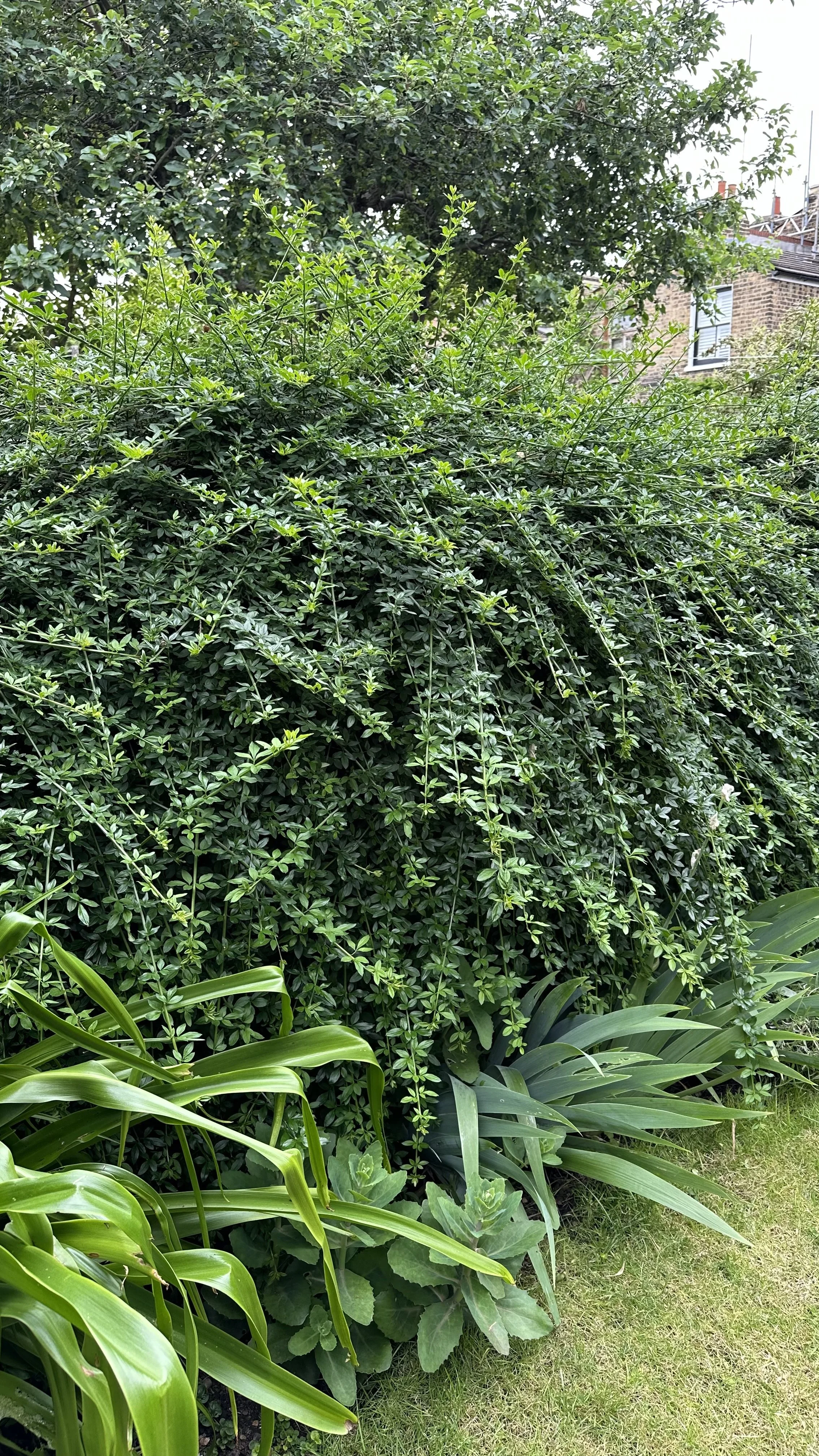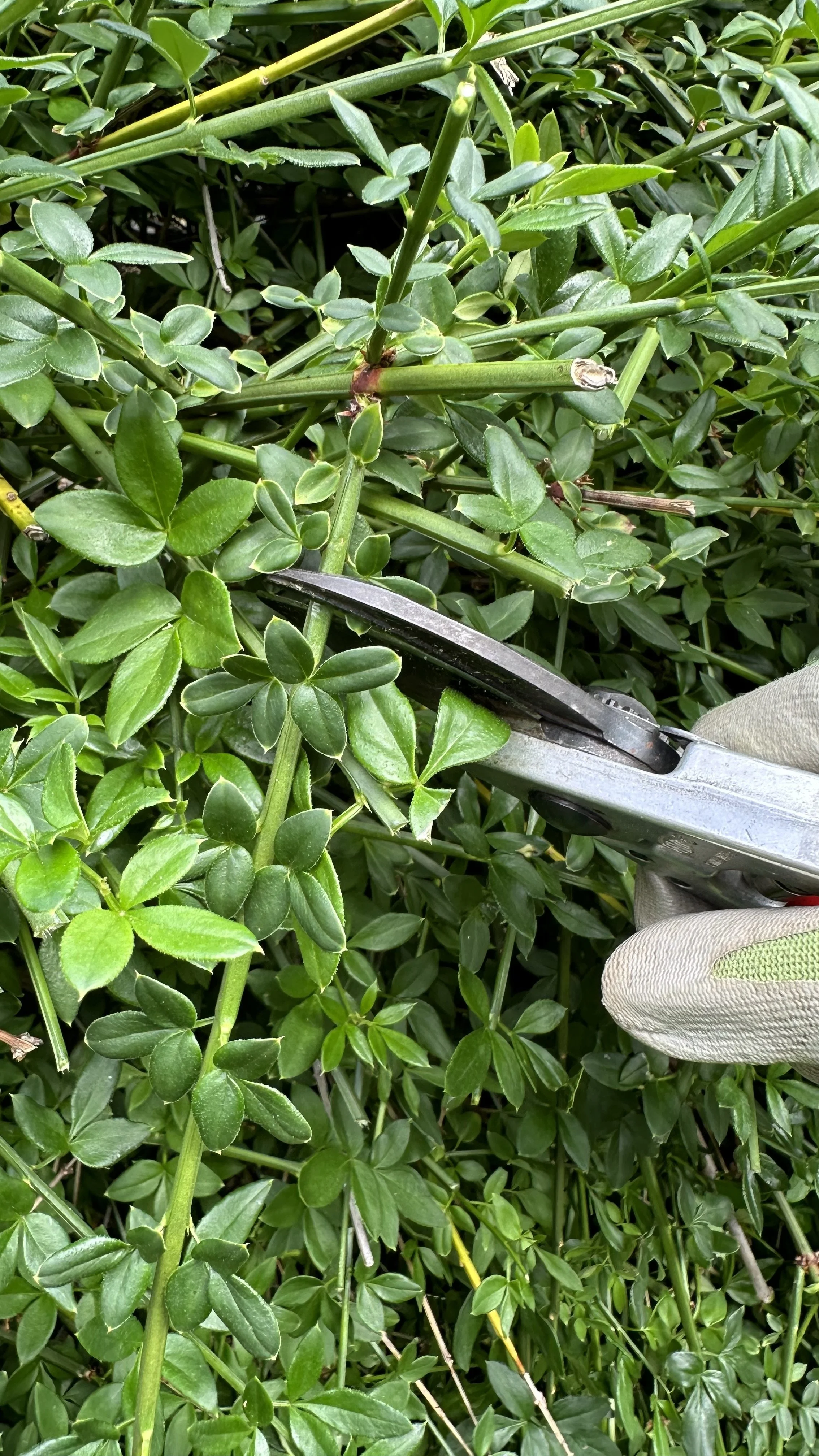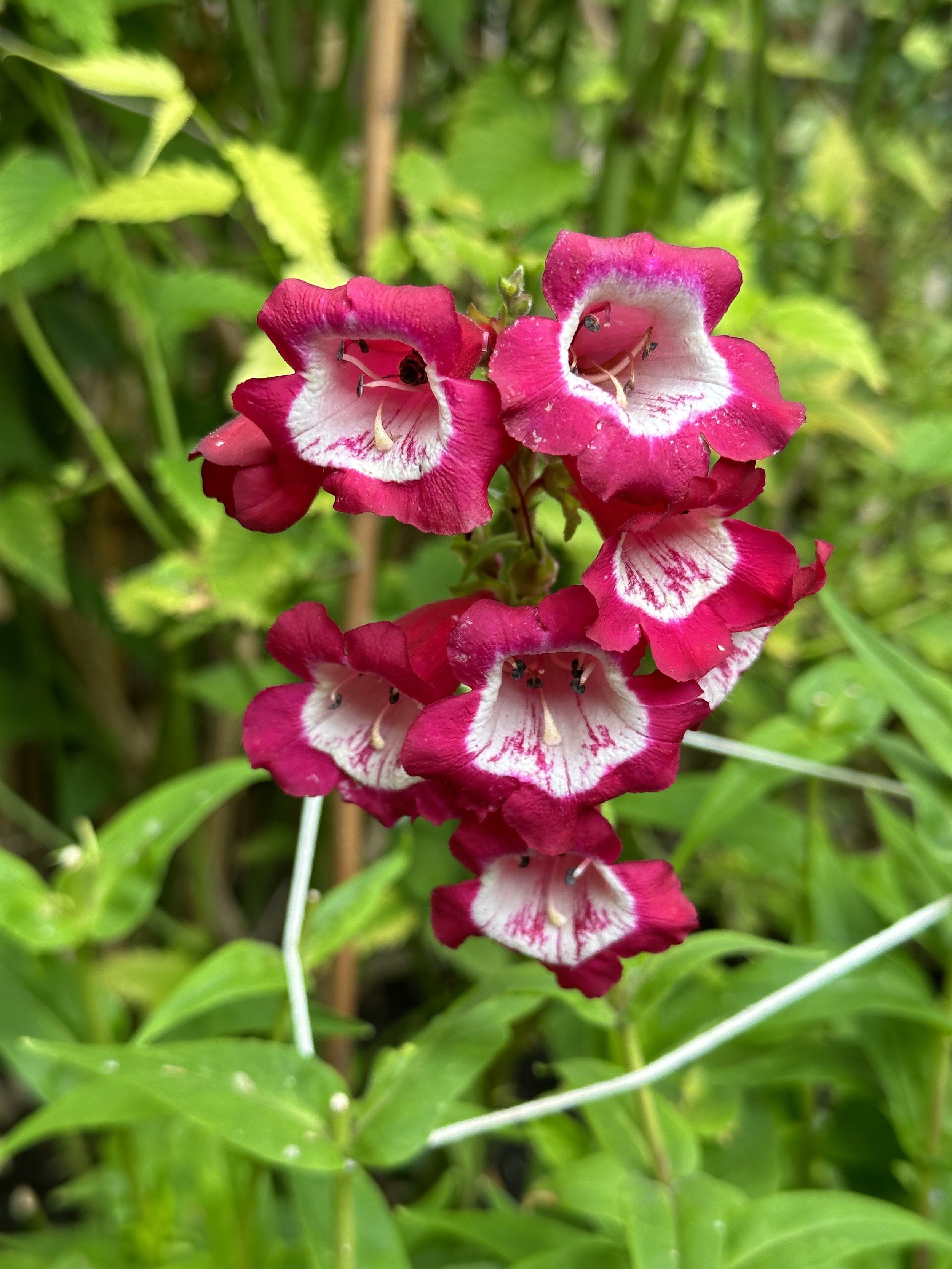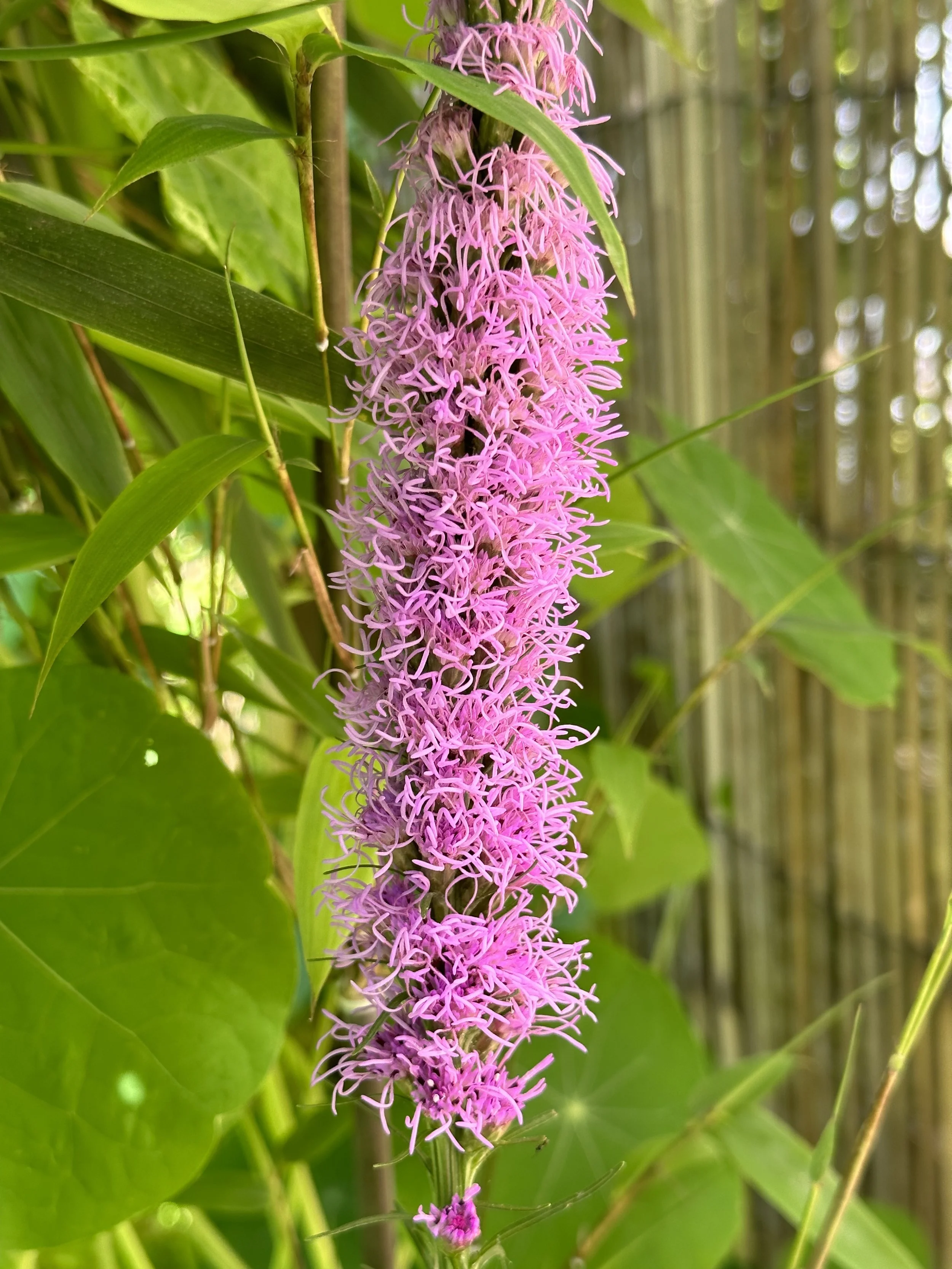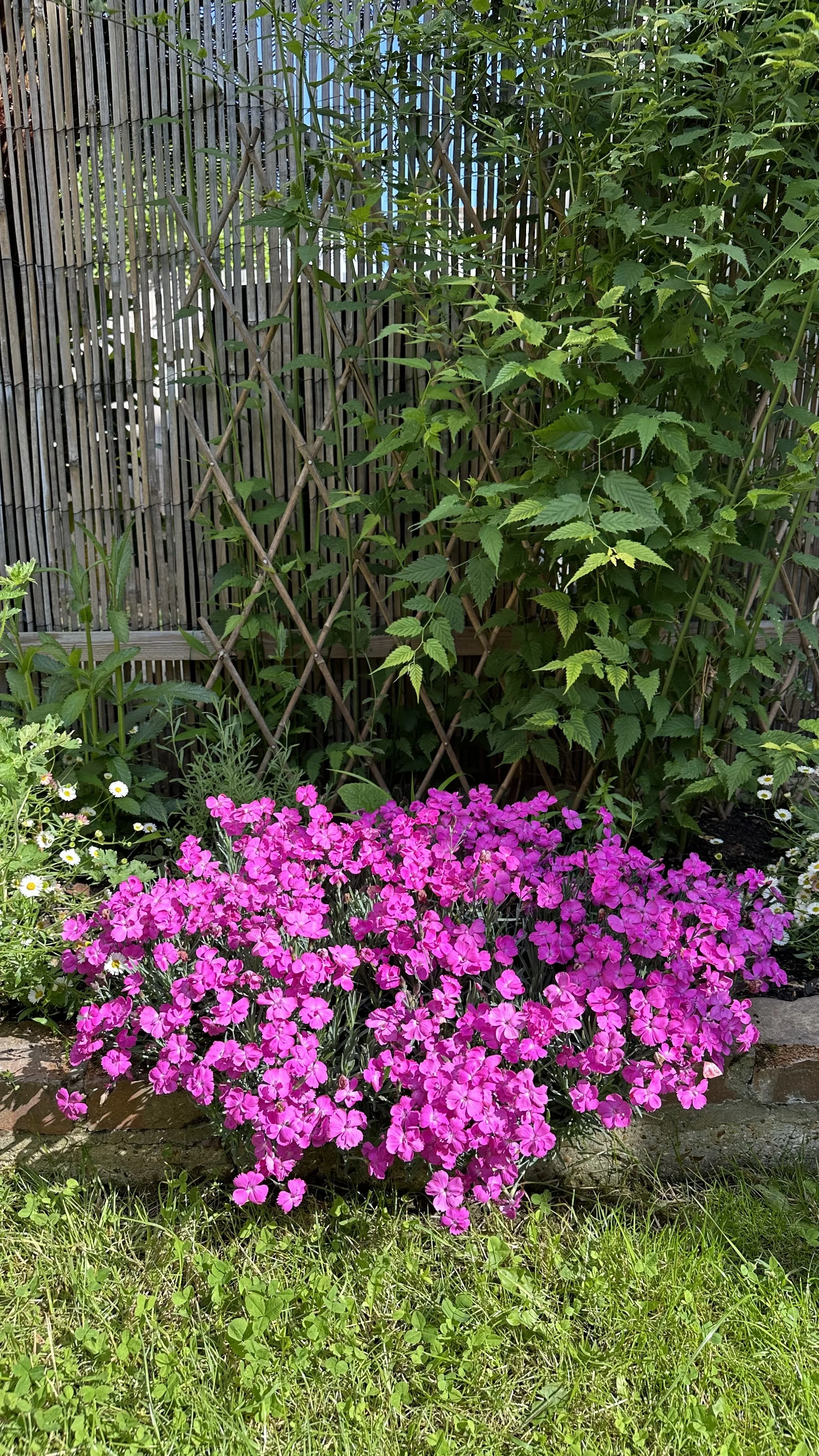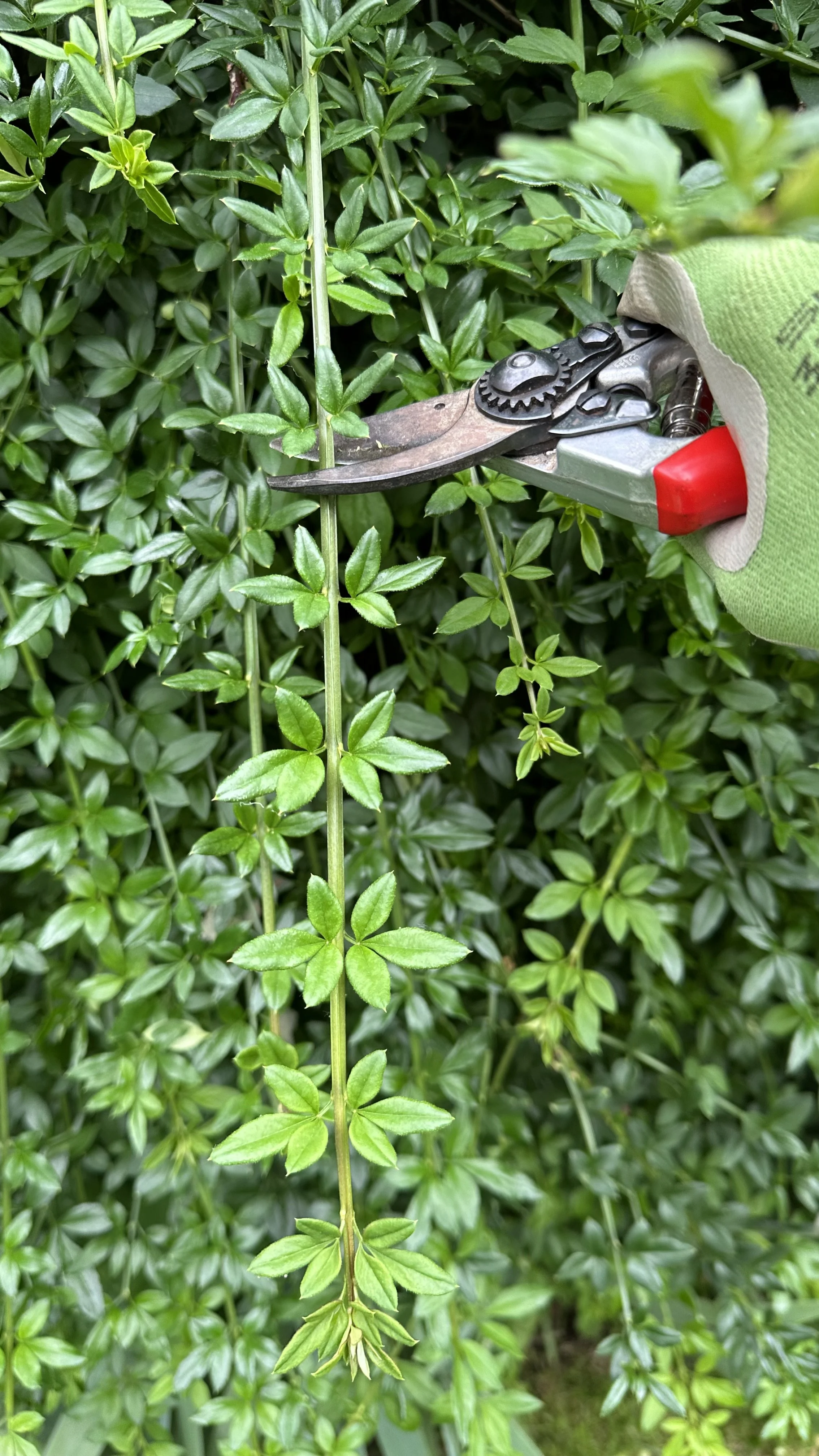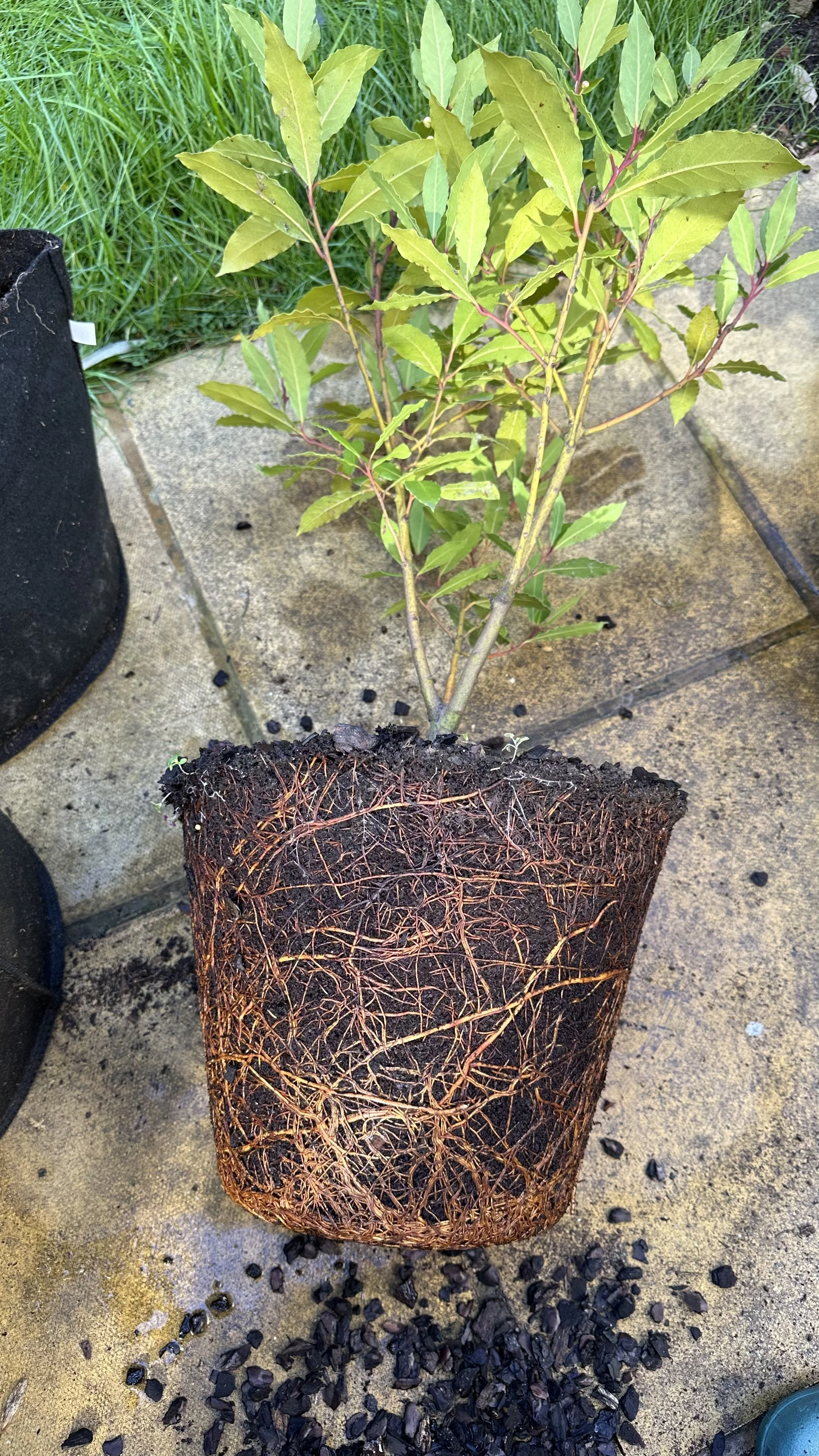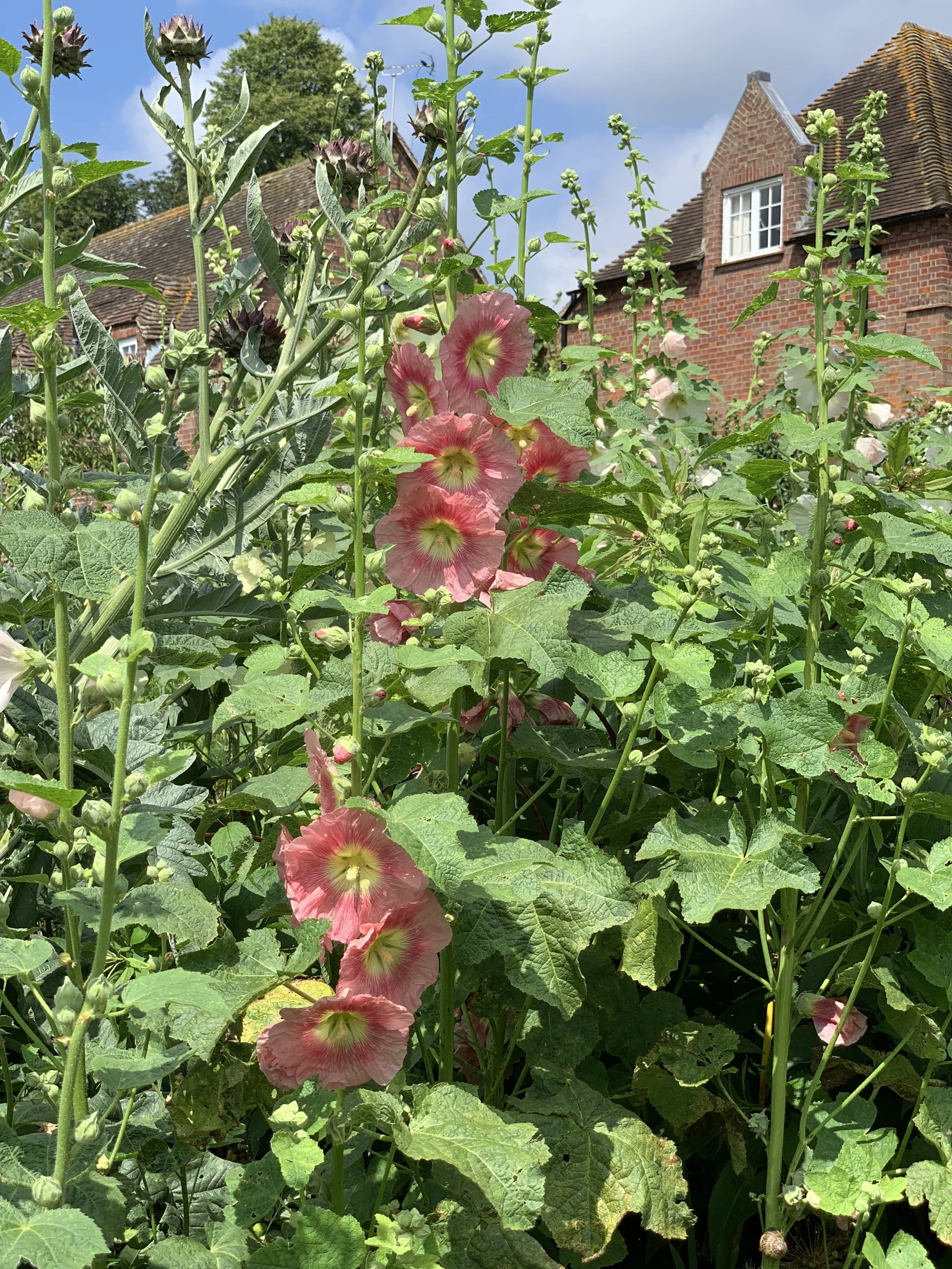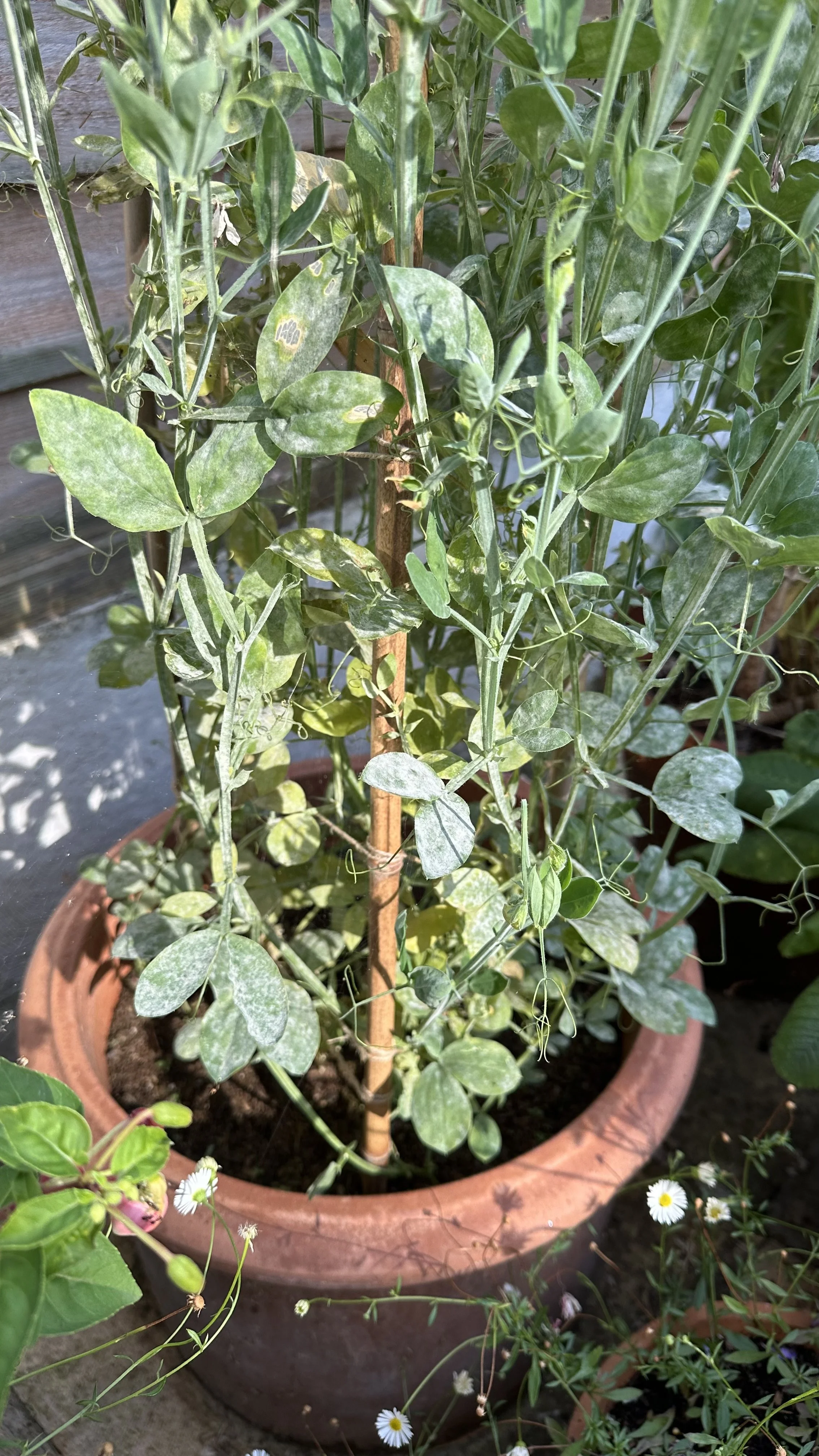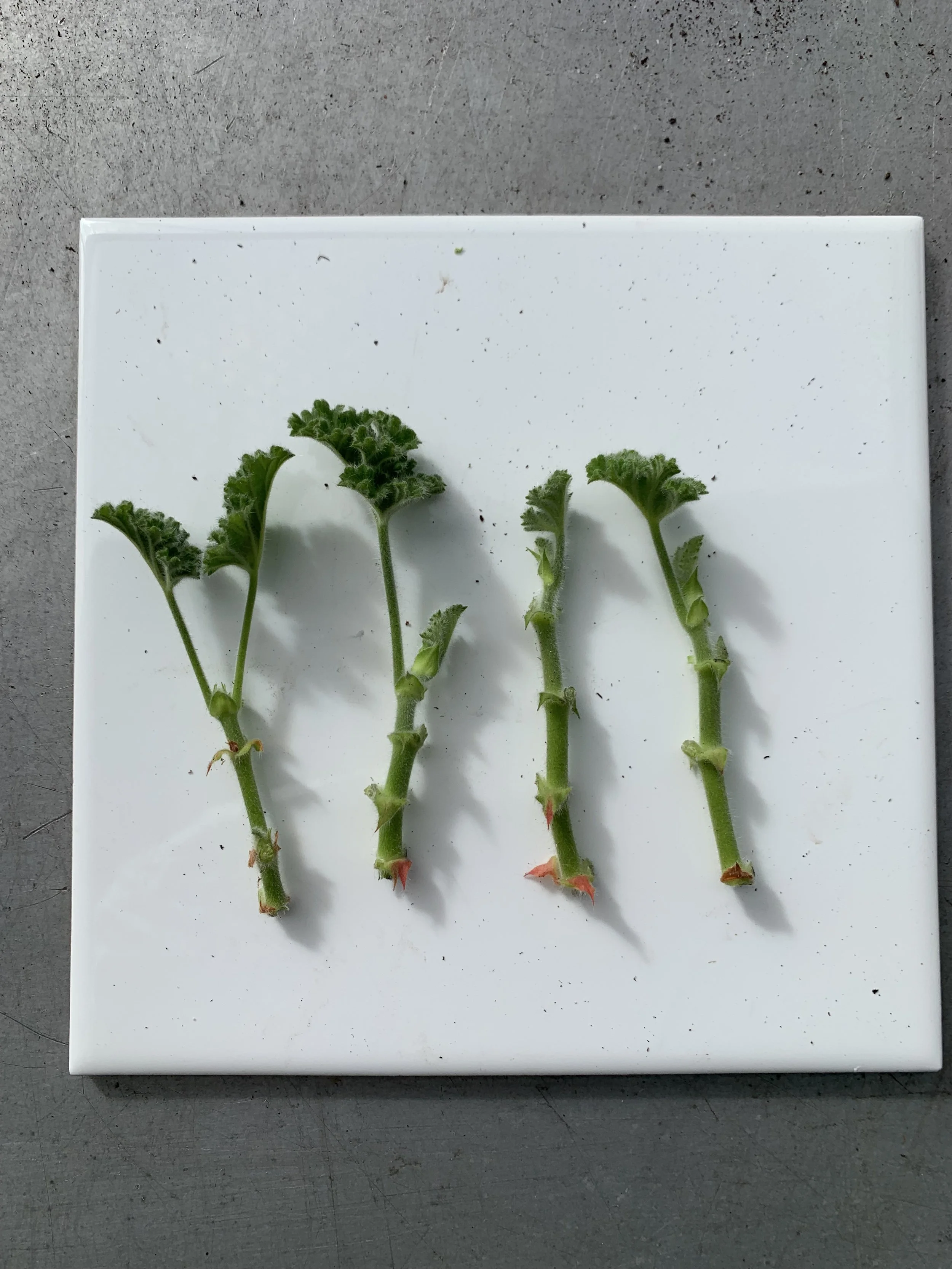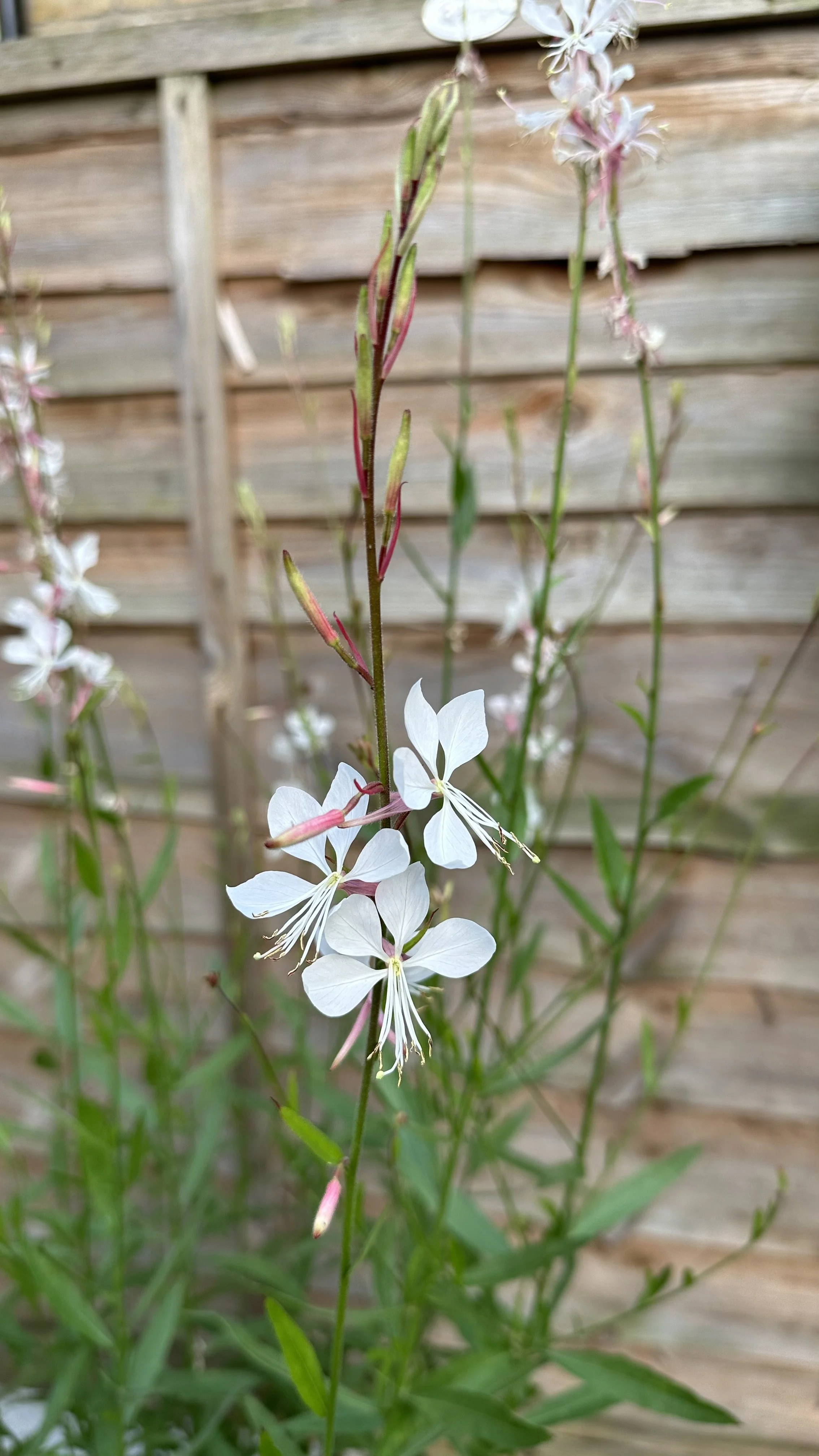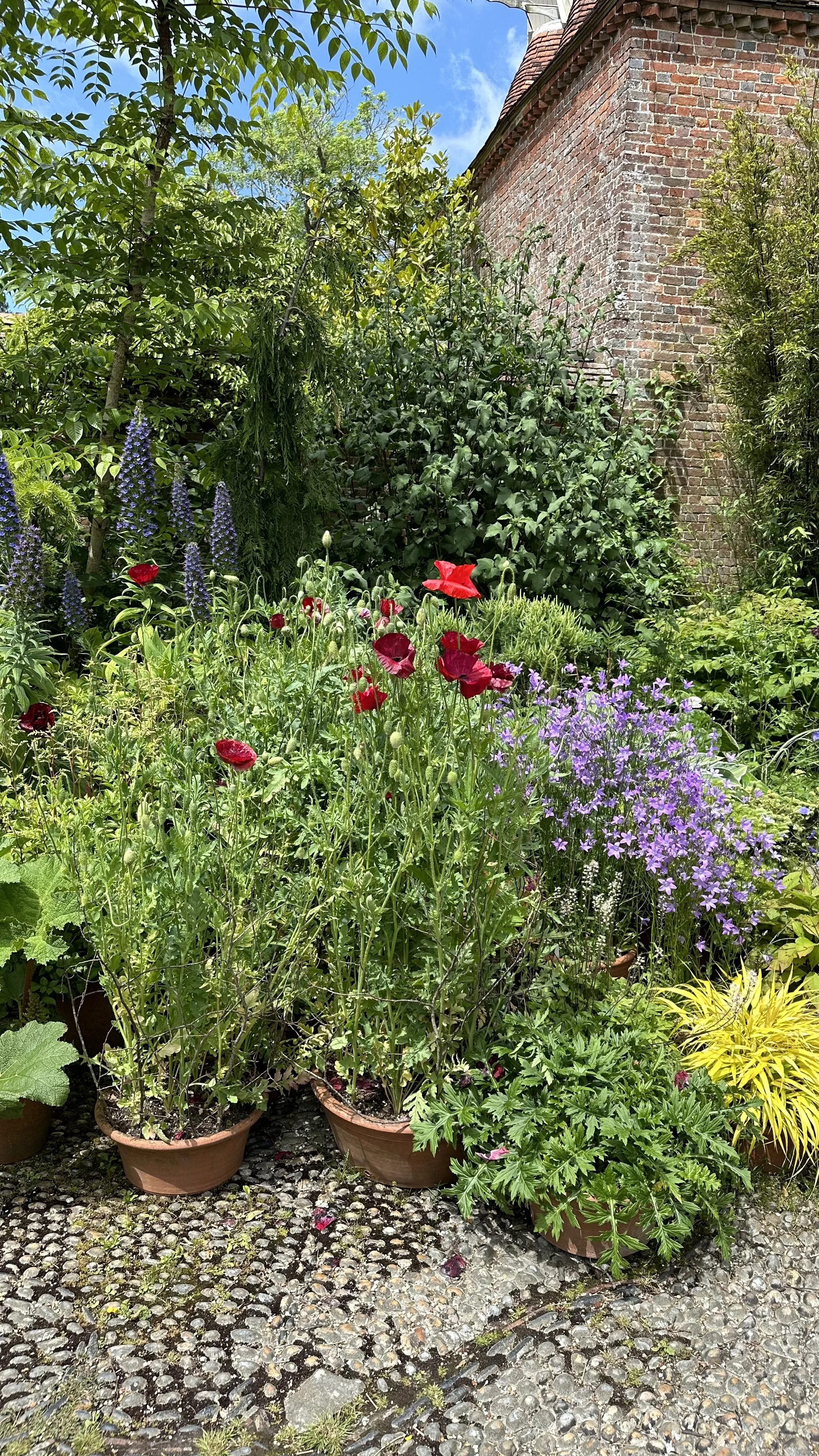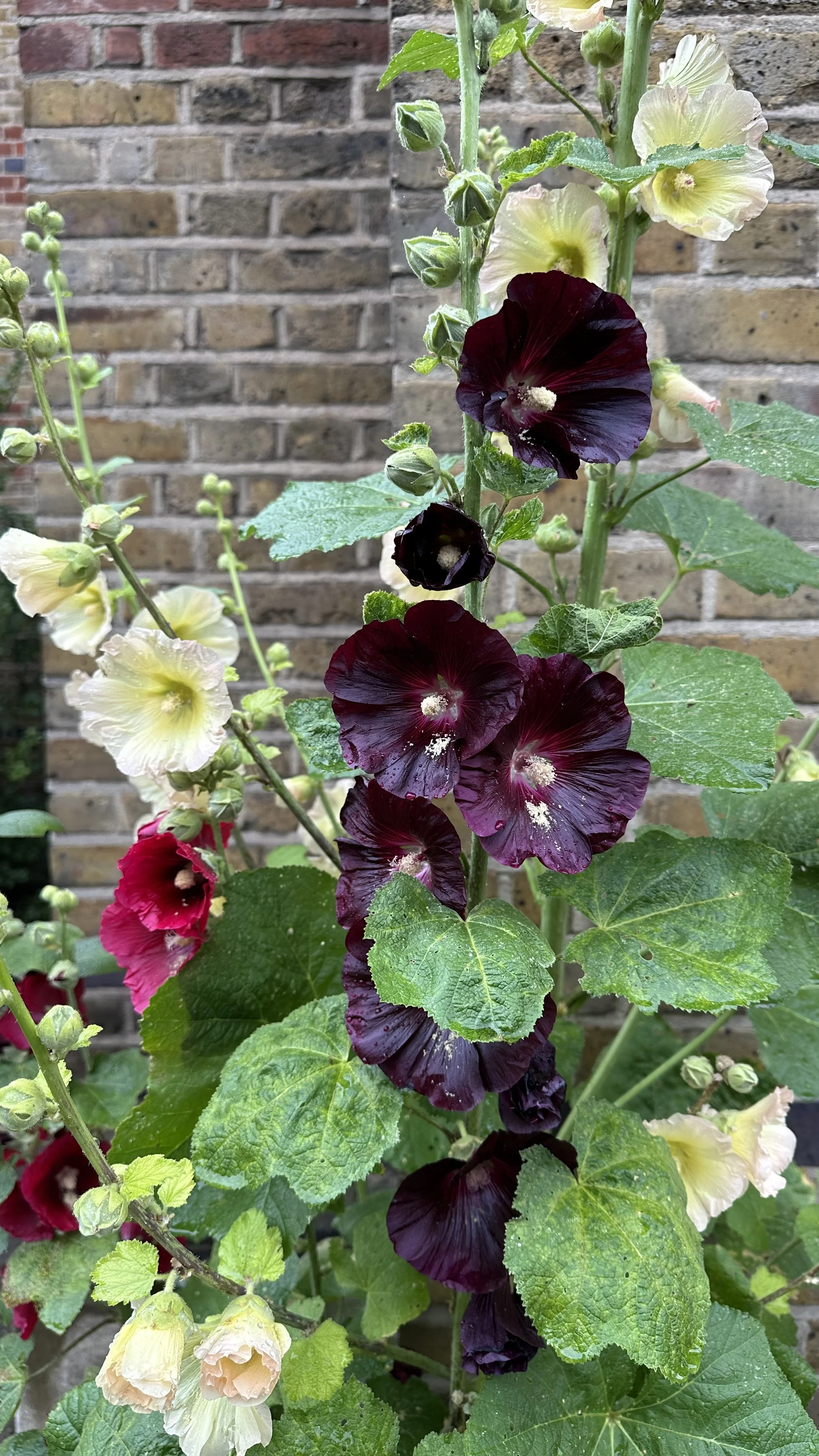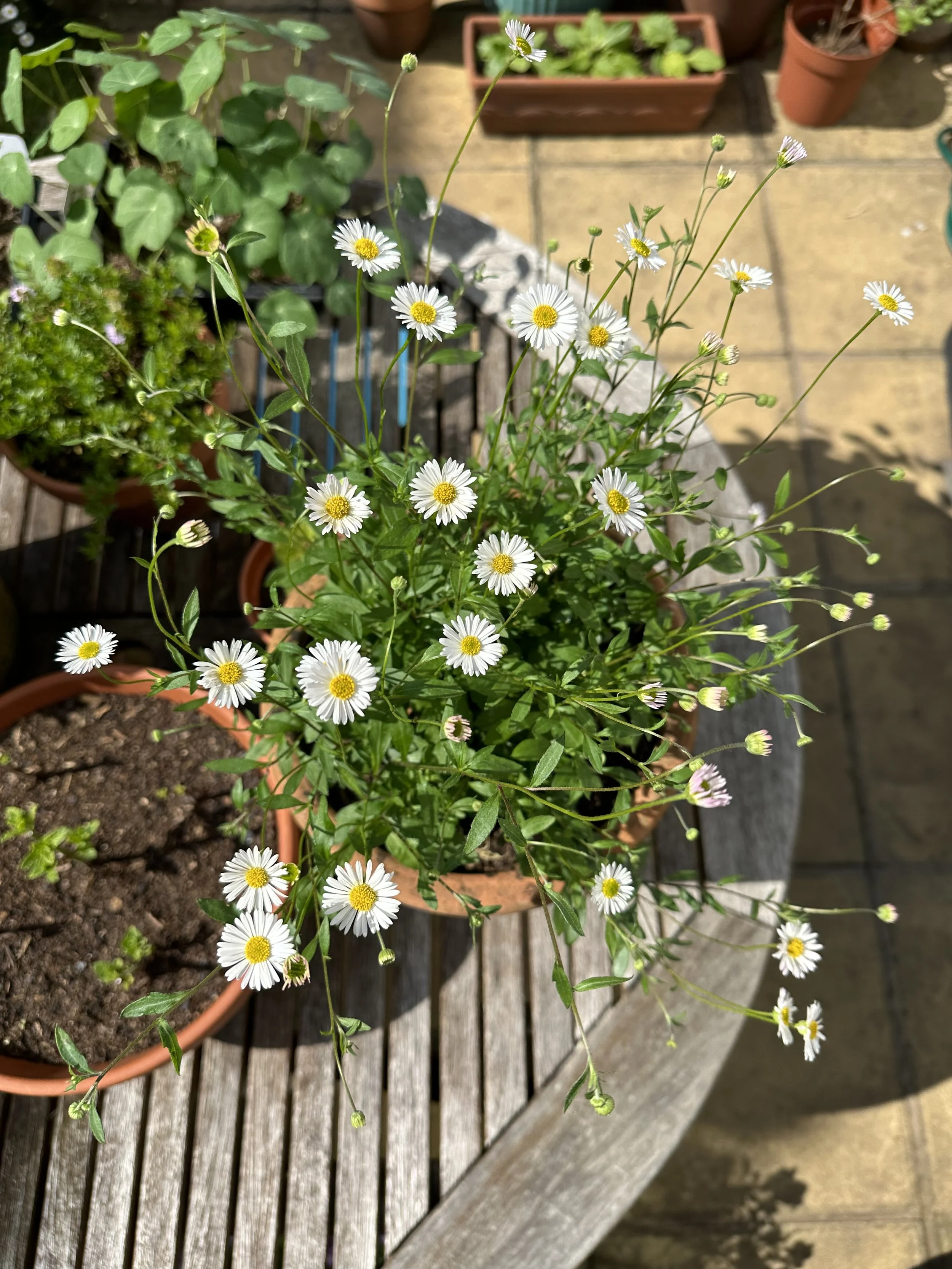Pruning Winter Jasmine: Simple Guide
This website is reader-supported - thank you! This post may contain affiliate links. As an Amazon Associate, I earn from qualifying purchases at no extra cost to you.
Pruning winter jasmine is a simple yearly task that keeps the plant looking neat and full of fresh growth.
One of my favorite things about winter jasmine is its bright yellow flowers—there’s something special about seeing those cheerful blooms in the colder months when everything else looks a bit dreary.
If you grow winter-flowering jasmine (Jasminum nudiflorum), you probably love how it adds a splash of color when little else is in bloom.
The good news? Keeping it tidy doesn’t take much effort.
Here’s how I go about pruning winter jasmine to keep it looking its best.
For more pruning tips, check out my guides:
Pruning Salvias: How to Prune for Abundant Flowers
Lavender Pruning: A Simple Guide
Winter jasmine before pruning.
Why Prune Winter Jasmine
Last year, my neighbor asked for help with their winter-flowering jasmine, and I quickly realized just how fast those long, arching stems can tangle around themselves.
At first, the overgrowth just looked a little unruly, but we soon noticed older branches blocking fresh shoots from getting the sunlight they needed.
It was clear the plant could use a good trim.
As we pruned away some of the older stems, it was impressive to see how quickly the jasmine responded.
Removing tired, woody growth encouraged healthier branches to sprout, and by the following season, the shrub was covered in bright yellow blooms.
A little careful pruning also fit nicely with sustainable gardening—less waste, stronger plants, and a more vibrant display year after year.
By the time we finished, my neighbor’s winter jasmine looked refreshed, and knowing we had set it up for a healthier, more colorful season made the effort completely worth it.
For more gardening tips, check out my guides:
Plants That Deter Cats: A Natural Solution to Keep Cats at Bay
Gathering My Tools and Checking the Timing
Before I even step outside to tackle pruning winter jasmine, I like to make sure my tools are in top shape.
For me, that means grabbing a comfortable pair of gloves and a set of pruning shears that are both sharp and clean.
These pruning shears are perfect for the job:
I learned early on that dull blades can leave ragged cuts, which can stress the plant.
And since nobody wants to spread diseases between shrubs, I also keep a small cloth or wipe handy for a quick disinfecting step.
As for the timing, the best moment to prune is right after the flowers fade, usually sometime toward the end of winter or the start of spring.
By then, you’ve had a chance to appreciate those bright blossoms, and you can see which stems are spent or looking a bit scraggly.
If you wait too long into the growing season, you risk chopping off fresh buds that would have produced next year’s flowers.
That’s why it’s great to make a habit of marking your calendar once the yellow blooms begin to wilt.
This way, you don’t let the task slide until new growth has already started.
For more gardening tips, check out my guides:
Steps I Take to Prune Winter Jasmine
Identify the Branches
One of the first things I like to do is take a few moments to really look at the plant.
I’ll walk around it slowly and spot branches that seem tangled, brittle, or just plain unruly.
If I see any stems blocking a healthier shoot underneath, that’s a clear sign they need trimming.
For me, this quick assessment helps me figure out exactly where I should cut, so I’m not hacking away randomly.
Make the Cuts
Once I’ve decided which stems are on the chopping block, I reach for my trusty shears.
I always try to make clean, angled cuts near the base of the branch or just above a leaf bud.
This approach has been great for minimizing any plant stress—and less stress means better flowering down the line.
I also keep a rag handy to wipe the blades if I notice any buildup, just to keep things tidy.
Shape and Maintain
With winter flowering jasmine, I don’t want it to become a mess of overlapping canes, so I’ll pause every now and then to step back and check how it’s looking.
If I see a branch shooting off in a funny direction, I’ll trim it back to a healthy bud.
Over time, I’ve found this small habit helps the plant maintain a nicer form, and it also makes it easier to spot new growth when it appears.
Handle Overgrown Situations
It’s easy to let the shrub grow a bit wild.
When that happens, take care not to cut too much all at once.
Instead, remove the most problematic stems first—maybe a third of the old branches if the shrub is really dense.
Then wait to see how the plant responds before taking off more.
This gentle approach can save you from any shock to the plant, and it usually recovers with a burst of fresh leaves.
Overall, I find that by following these steps every year or two, you can keep my pruning winter jasmine sessions short and effective, and your plants will reward you with brighter blooms when the cold sets in.
For more inspiration, check out my guides:
Easy Flowers to Grow from Seed
Pruning Winter Jasmine in Pots
Here is how to prune winter jasmine in pots:
Keep Your Tools in Good Shape
I used to grab whatever old shears I had lying around, but I’ve found that a pair of sharp blades can make or break a pruning session.
I like to wipe down my tools with a simple disinfectant or even just soapy water.
It’s a small step that helps prevent the spread of any plant issues from one shrub to the next.
Feed the Soil, Not Just the Plant
Whenever I’m done pruning, I scatter a little compost around the base of the shrubs (potted plants, too).
This helps replenish nutrients, promotes healthy roots, and gives the plant a boost as it starts pushing out fresh growth.
Watch for Warning Signs
If you spot yellow leaves, drooping stems, or slowed growth, make it a point to investigate.
Sometimes it’s an overwatering problem, other times it might be a pest you need to deal with.
Getting to the root of the issue early can keep a minor problem from turning into a big headache.
Keep a Simple Gardening Calendar
I’ve found that marking down key tasks—like the best time to prune, fertilize, or repot—helps me stay consistent.
It’s especially useful if I’m growing multiple varieties of plants that have different needs.
I just scribble down the dates when I notice blooms fading, or when I’ve added fertilizer, so I don’t have to rely on memory.
Tailor Your Approach to the Plant’s Space
Whether your jasmine is climbing along a fence or staying snug in a pot, it’s good to adjust your care routine to its environment.
If it’s in a pot, remember to check the soil more often and ensure proper drainage.
If it’s in the ground, consider the size of the area so it doesn’t crowd out neighboring plants.
For more tips, check out my guides:
My Additional Gardening Tips
Feed the Soil: Adding a bit of well-rotted compost around the base supports healthy growth after pruning.
Look for Signs of Stress: Yellow leaves or stunted growth can be signs the plant needs extra care, such as improved watering or a soil test.
Plan Ahead: If this is your first year growing winter jasmine, it’s helpful to watch how it blooms so you’ll know the best time to prune next season.
Consider Garden Design: Positioning the plant where you can enjoy its winter flowering shows off those yellow blossoms.
For more ideas, check out my guides:
FAQs
Is winter jasmine poisonous?
Winter jasmine (Jasminum nudiflorum) can be harmful if large quantities of its leaves or stems are ingested.
It’s best to keep a watchful eye on pets or curious children who might chew on garden plants.
If you notice any unusual symptoms, consult a veterinarian or medical professional.
Is winter jasmine evergreen?
It’s sometimes referred to as a semi-evergreen because its leaves can stick around in mild climates, but it’s not a true evergreen.
In colder regions, the foliage may drop entirely during the winter, though the green stems can still add a bit of color.
Does winter jasmine have a scent?
Unlike some other jasmine varieties, winter jasmine doesn’t produce a strong fragrance.
If your main goal is to fill the air with a sweet aroma, you might consider a different jasmine species known for its scent.
Still, many people grow winter jasmine for its cheery yellow flowers during the cold season.
When does winter jasmine bloom?
In most cases, it blooms from late winter into early spring.
The exact timing can vary based on climate conditions and regional weather patterns.
In particularly warm areas, you might see flowers as early as mid-winter, while cooler zones might have to wait until the last frosts are gone.
Which winter jasmine zone is best?
Winter jasmine typically thrives in USDA Hardiness Zones 6 through 9.
Each zone has different temperature ranges that can affect how well your plant does over the winter.
How long do jasmine flowers last?
Usually, the flowers stick around for a few weeks, especially if the weather stays on the cooler side.
Warmer snaps or heavy rainfall can shorten the flowering period.
If you’re lucky, you might enjoy a steady show of bright blossoms well into early spring.
How to prune a jasmine plant?
A broad guideline is to remove any dead or broken branches first, then thin out any overly crowded areas to improve light and airflow.
It’s also smart to keep an eye on the plant’s overall shape—if it’s looking lopsided, you can even things out by trimming back a few stray shoots.
Since timing can vary by jasmine species, look for when the blooms are finished before making significant cuts.
How to take care of jasmine plant in winter?
Although winter jasmine is relatively hardy, it still appreciates a little extra attention.
Make sure the roots are protected with a layer of mulch if you live in a spot with freezing temperatures.
Avoid letting the soil get waterlogged, but don’t let it go bone-dry either.
Just a bit of monitoring can help the plant stay healthy throughout the colder months.
Is jasmine annual or perennial?
Winter jasmine is a perennial.
With proper care, it can keep coming back and growing for many years.
Other jasmine varieties may behave differently, but most ornamental jasmines are also perennials in suitable climates.
Why is my jasmine not flowering?
There are a few possibilities.
Lack of blooms can come from insufficient sunlight, pruning at the wrong time, or even an overuse of high-nitrogen fertilizer that promotes leaves rather than flowers.
Sometimes, a young plant just needs more time to mature before it can produce blooms in abundance.
How to address jasmine yellow leaves?
Yellow leaves might signal overwatering, underwatering, or a nutrient deficiency.
Checking the moisture level in the soil is a good first step.
If that’s all in order, you might consider a balanced fertilizer or a soil test to see if the plant is missing key nutrients.
Observing how quickly leaves turn yellow—and where on the plant they appear—can help pinpoint the cause.
Is there a best time for planting winter jasmine?
If your region isn’t prone to extreme temperatures, planting in early spring or fall is often easiest on the roots.
This gives the plant a chance to settle in before enduring the stress of either scorching heat or deep freezes.
Of course, you can plant outside these periods if you provide the right care and keep an eye on watering and soil conditions.
For more tips and tricks, check out my guides:
Does Potting Soil Go Bad? Know the Warning Signs
Wrap-Up
Jasmine pruning is the real key to keeping winter jasmine in good shape and ensuring its bright yellow flowers return year after year.
I’ve found that well-timed, careful snips can make all the difference between a tangled mass of stems and a healthy, flourishing plant.
It doesn’t take a huge effort—just a bit of patience, the right tools, and an understanding of when those blooms are finished.
If you give your winter jasmine a little attention each season, it will reward you with a cheerful burst of color even when it’s cold outside.
